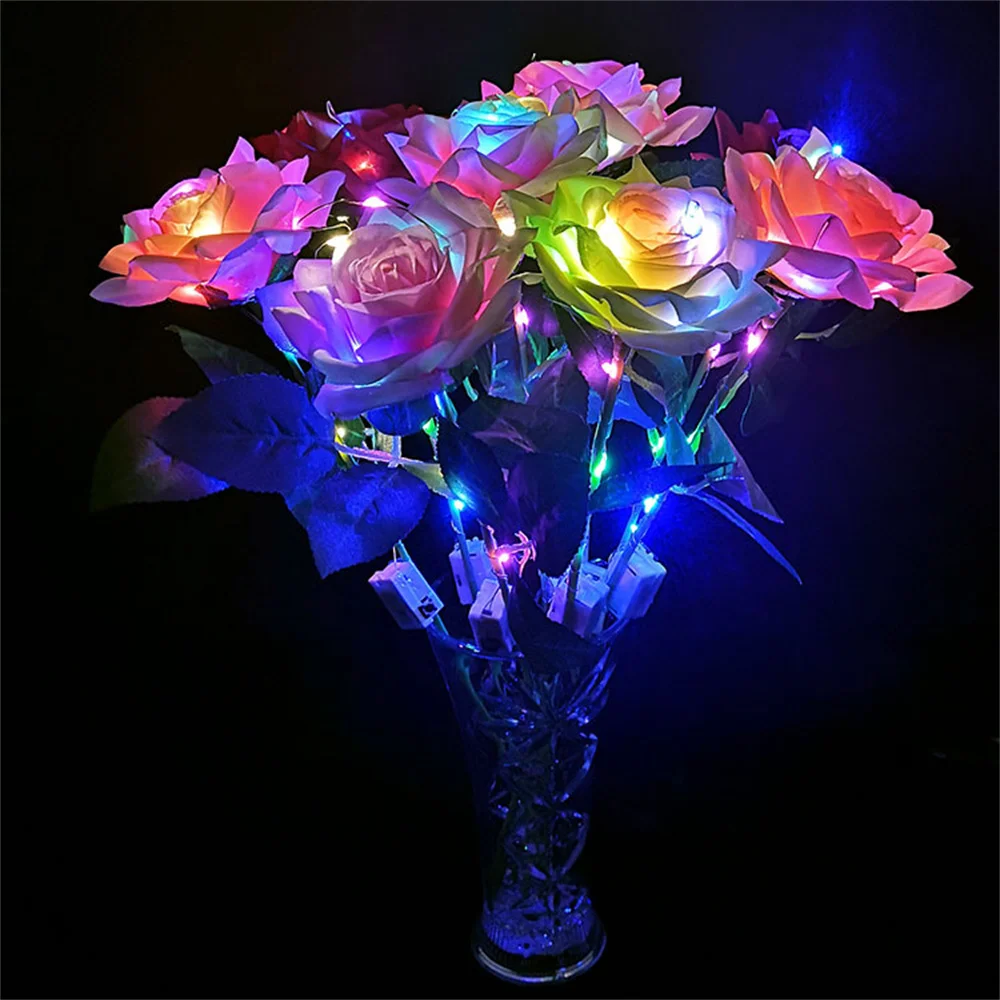A lava lamp is a popular decorative item that adds a unique and mesmerizing touch to any space. However, like any other electrical device, it may encounter some issues over time.
If you find yourself in a situation where your lava lamp is not functioning properly, there are a few steps you can take to fix it.
In this blog post, we will guide you through the process of fixing a lava lamp and getting it back to its dazzling and soothing glory.
Understanding How a Lava Lamp Works
Before we dive into the troubleshooting steps, it’s important to have a basic understanding of how a lava lamp works. A lava lamp consists of a glass container filled with a special liquid and wax mixture.
The liquid is typically a combination of water and a special solvent, while the wax is made from a blend of paraffin and other chemicals.
When you turn on the lava lamp, a heat source located at the base of the lamp warms up the liquid and wax mixture. As the wax heats up, it becomes less dense than the liquid and rises to the top of the lamp.
Once it reaches the top, the wax cools down and sinks back to the bottom, creating the mesmerizing lava lamp effect.

Troubleshooting Common Lava Lamp Issues
Now that we have a basic understanding of how a lava lamp works, let’s look at some common issues you may encounter and how to fix them:
1. The Lamp Doesn’t Turn On
If your lava lamp doesn’t turn on, the first thing you should check is the power source. Make sure the lamp is plugged into a functioning outlet and that the power switch is in the “on” position. If the lamp still doesn’t turn on, try plugging it into a different outlet to rule out any issues with the original power source.
If the lamp still doesn’t turn on after trying different outlets, the next step is to check the bulb. Lava lamps typically use a small incandescent bulb as the heat source. Unscrew the bulb and inspect it for any signs of damage or burnout. If the bulb is faulty, replace it with a new one of the same wattage.
2. The Wax Doesn’t Flow Properly
If the wax in your lava lamp doesn’t flow properly or seems stuck at the bottom or top, there are a few possible causes and solutions:
a. Overheating: Lava lamps are designed to operate at a specific temperature range. If the lamp gets too hot, it can cause the wax to become too liquid and lose its characteristic lava-like movement.
To fix this issue, turn off the lamp and allow it to cool down for a while. Once it has cooled down, turn it back on and observe if the wax starts flowing properly.
b. Underheating: On the other hand, if the lamp is not hot enough, the wax may not melt sufficiently to create the desired flow.
Make sure the lamp is placed in a warm environment and give it enough time to heat up. If the issue persists, you may need to replace the bulb with a higher wattage one to generate more heat.
c. Wax Buildup: Over time, wax can accumulate at the bottom or top of the lamp, hindering the flow. To fix this, turn off the lamp and let it cool down completely. Gently tilt the lamp to one side to encourage the wax to move away from the stuck position.
You can also try gently shaking the lamp to dislodge any trapped wax. Be careful not to shake it too vigorously, as it may cause the lamp to break.
3. Cloudy Liquid or Wax
If the liquid or wax in your lava lamp appears cloudy or hazy, it can affect the overall visual appeal of the lamp. Here are a few possible causes and solutions:
a. Condensation: If your lava lamp has been exposed to cold temperatures or has been stored in a chilly environment, condensation may form inside the lamp, leading to a cloudy appearance. To fix this issue, turn off the lamp and let it reach room temperature.
Once it has warmed up, turn it back on and the condensation should evaporate, restoring the clarity of the liquid.
b. Dirty Glass: Over time, dust and debris can accumulate on the inside of the glass container, making the liquid and wax appear cloudy. To fix this, turn off the lamp and let it cool down. Carefully remove the glass container and clean it with a soft cloth or sponge.
Avoid using harsh chemicals or abrasive materials that can scratch the glass. Once the glass is clean, reassemble the lamp and turn it on to see if the cloudiness has been resolved.
c. Expired Liquid: The special liquid used in lava lamps can lose its effectiveness over time, leading to a cloudy appearance. If your lamp is old or has been stored for a long period, it’s possible that the liquid has expired.
Unfortunately, there is no fix for this issue, and you may need to replace the liquid to restore the lamp’s original clarity.
Conclusion
A lava lamp can be a captivating addition to any space, but like any other electrical device, it may encounter issues from time to time. By following the troubleshooting steps outlined in this blog post, you can fix common lava lamp problems and enjoy the mesmerizing flow of wax once again.
Remember to handle your lava lamp with care and always refer to the manufacturer’s instructions for specific troubleshooting tips. With a little patience and effort, you can restore your lava lamp to its dazzling and soothing glory.










